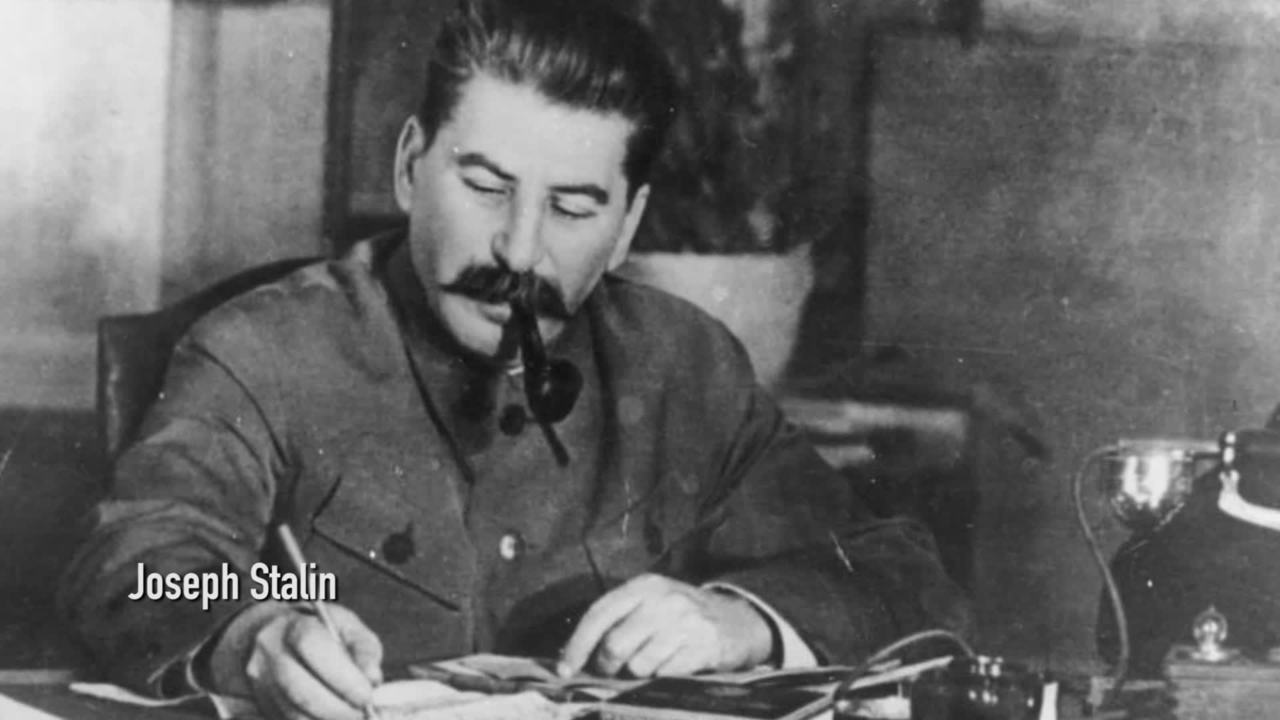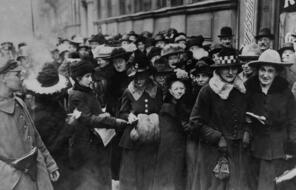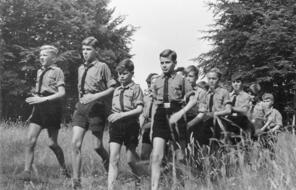One of the more surprising stories of World War II was the two-year complicated alliance the Soviet Union entered into with their former enemy, the Nazis.
The world was startled in August of 1939 when Hitler and Stalin announced that they had agreed on a non-aggression pact. For a decade, the Soviet Union and Nazi Germany had been at loggerheads. Nazi Germany had a distinct anti-Bolshevik, antisemitic policy, was very much directed against the Soviet Union.
They were fighting each other through a proxy war during the Spanish Civil War in the 1930s. And the Soviet Union was famous for being anti-fascist, anti-Nazi. There was always coverage in the Soviet press about antisemitism. There was comprehensive coverage in November and December of 1938 about the violence of Kristallnacht.
The Soviet government repeatedly denounced the antisemitic policies of Nazi Germany, so the world was taken by surprise when the dictators announced this agreement. And this completely changed world history. Within a week, Nazi Germany invaded Poland. This was the start of World War II in Europe. Two weeks later, the Soviet Union invaded Poland from the east. And they divided Poland between them. This was the end of Poland as a country, as a sovereign state, at that time.
So between 1939 and 1941, Nazi Germany and the Soviet Union are allies. And Stalin actually provides very substantial support to Nazi Germany. So when Germany invaded the Soviet Union in June of 1941, this time it was Stalin who is taken by surprise. He had been given warnings, including warnings by Churchill and from other intelligence sources that the Germans were preparing an invasion.
But Stalin did not want to provoke Hitler, so he took no defensive measures. He was just afraid that his country wasn't prepared for war. And he was right, because within weeks, the Germans overran Soviet defenses and captured major Soviet cities.
The partition of Poland and the invasion of the Soviet Union and Soviet-held territories also heralded the beginning of systematic mass killing of Jews and other groups by the Nazis. At the time, approximately 3 million Jews lived in Poland alone. While the Nazis fought the Red Army on the Eastern Front, they also constructed and used several concentration camps where millions of people, including Jews, Roma, homosexuals, the mentally ill, the elderly, and children died.
Between 1941 and 1944, the Red Army resisted the Nazis on Soviet territory. By 1944, they pushed the Nazis back westward and reclaimed the Nazi-occupied territories of Byelorussia, Ukraine, the Baltic region, and eastern Poland. As they advanced, the Red Army liberated several concentration camps, coming face-to-face with some of the unspeakable horrors of the Holocaust. Fighting between Nazi Germany and the Soviet Union continued until the capture of Berlin and the German surrender to the Allies in May 1945.












